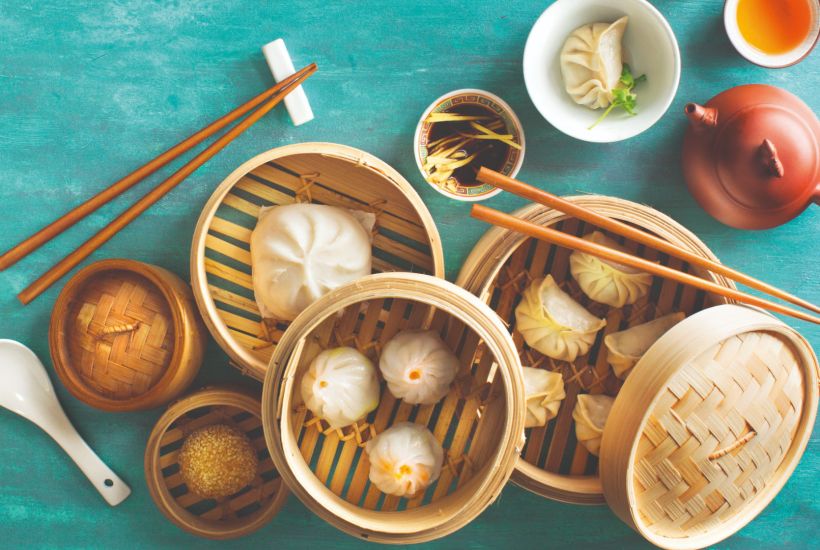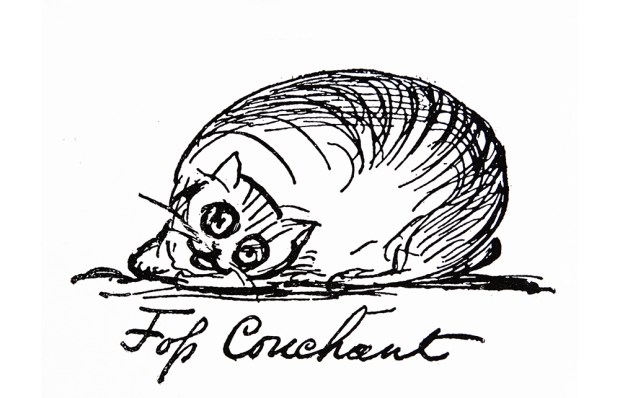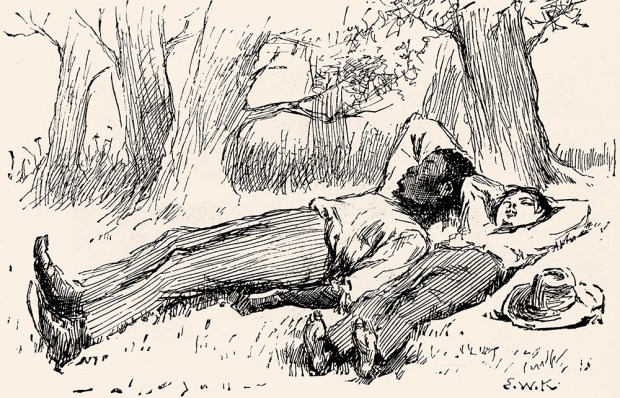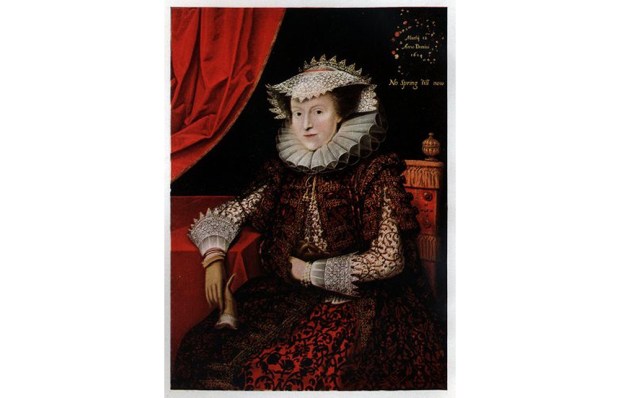During the early days of the pandemic, a video clip of a Chinese celebrity slurping bat soup went viral – no matter that it was taken from a travel show filmed in 2016 on Palau, a Pacific island some 2,000 miles from the Huanan wet market in Wuhan, and regardless of the fact that the Chinese don’t like munching on bats in any case. Wuhan was Covid ground zero, and filthy Chinese eating habits were to blame.
In Invitation to a Banquet, Fuchsia Dunlop sets out to skewer misconceptions about what she calls ‘the world’s most sophisticated gastronomic culture’. This contention may surprise foreigners brought up on sweet-and-sour pork balls doused in Day-Glo red syrup, but it is a convincing one. I have yet to meet anyone who has spent more than a year or two in China who disagrees. Real Chinese food is nothing like the bastardised Cantonese slop, altered beyond recognition for local tastes, still sold by takeaways across Britain. China has been obsessed with the provenance, terroir and seasonality of food for 2,000 years. Hangzhou had a rich public dining scene 500 years before Parisians ‘invented’ restaurants in the 18th century.
Dunlop is the chef de cuisine of Chinese cookery for British readers, with several books about regional styles under her belt. As the first western student to train at the Sichuan Higher Institute of Cuisine in Chengdu, she also has the practical chops to go with her learning. She was a consultant for the launch of Barshu, a trailblazing Soho restaurant which has brought near-authentic Sichuan food to London since 2006 and runs popular eating tours across China.
Her latest book is structured around 30 dishes served in four courses, based on origins, ingredients, cooking and eating. It can be read equally well in one sitting, like a grand imperial banquet, or snacked upon in chapters. Dunlop travels from the wheat-eating north to the rice-loving south, dishing up meaty nuggets of history, morsels of politics and, above all, lip-smacking descriptions of food. Each chapter examines a classic recipe, from Shanghai’s drunken hairy crabs to Shanxi’s knife-scraped noodles. It made me very hungry.
While anyone with an interest in China will enjoy Invitation to a Banquet, I suspect it will appeal most to readers with experience of living there. Dunlop challenges the prejudices of big-nosed barbarians, who often prefer hearty fare with its origins in the wildlands beyond the Great Wall, such as the famous Peking duck, to daintier southern dishes. She also explains other cultural puzzles. When my wife was pregnant, she nurtured our growing son with sheep offal stew – a go-to dish for any northern Chinese girl, I now realise.
Many people in China have an irritating habit of talking about ‘western food’, as though everything from Tuscan truffles to KFC falls in the same gastronomic bucket. Generalising about food in China, where each province is as large as a European country, is just as reductive. In Shanxi alone, an encyclopaedia lists 890 different flour foods. The ‘pasta arts’ of north-west China are a match for Italy; the exquisite miniature creations of Cantonese dim sum rival the technical brilliance of the finest French chefs.
One taste shared across the country is a love of vegetables. These are astonishingly diverse in China, which consumes many more varieties than we do in the West. Few foreigners know that most Chinese dishes use meat only as a flavouring, if at all. China also relies heavily on tofu (soya-bean curd) as a source of protein. When I once asked a class of primary school children in Beijing to name their favourite foods, a porky boy enthusiastically shouted: ‘Tofu and cabbage!’ And he wasn’t lying. Tofu isn’t only for vegan wimps; it just needs to be prepared properly. Really.
One of the pleasures of Dunlop’s writing is her unabashed delight in what she sticks down her gullet. Stinky tofu smells ‘as disgusting as a blocked drain’ but tastes as delicious as ripe Camembert. As she gazes up at the ‘enormous flared nostrils’ of an elk’s face lying in a pool of sauce on a giant platter, it is clear she abandoned all squeamishness at the airport. She devours ‘sticky and slithery crisp’ pigs’ ears as a bar snack and adores eating ducks’ tongues and fish bladders.
This is not about chowing down on bear’s paws or shark’s fin, a rare extravagance which she condemns outright. It is about understanding the health-giving and spiritual properties of a cuisine very unlike our own – not to mention its sensual potential. The best eating is nutritious and balanced, but it can also be ‘wet, squelchy, smacky, sucky’. An encounter with a giant carp’s tail leaves her cheeks ‘streaky with sauce, glossy with molten jelly’, while the flesh and ovaries of a crab make her ‘shiver with pleasure’. You can almost hear her panting over her chopsticks.
Dunlop’s books are widely translated in China, where some readers have criticised them for exoticising their food. But in today’s gloomy political climate, I found her paean to Chinese gastronomy as refreshing as a bowl of grandma’s bitter melon and pork-rib soup.
Got something to add? Join the discussion and comment below.
Get 10 issues for just $10
Subscribe to The Spectator Australia today for the next 10 magazine issues, plus full online access, for just $10.
You might disagree with half of it, but you’ll enjoy reading all of it. Try your first month for free, then just $2 a week for the remainder of your first year.














Comments
Don't miss out
Join the conversation with other Spectator Australia readers. Subscribe to leave a comment.
SUBSCRIBEAlready a subscriber? Log in